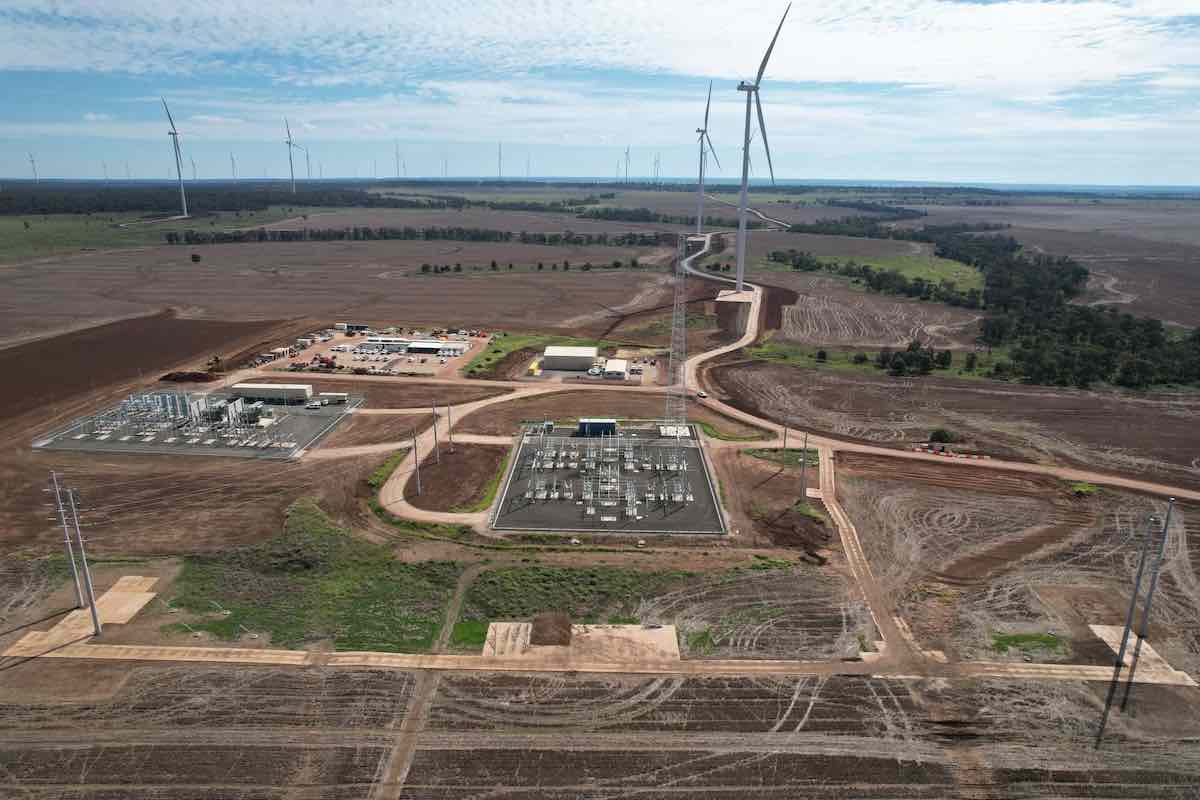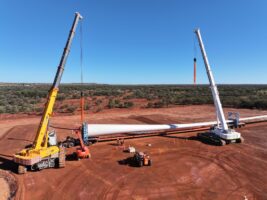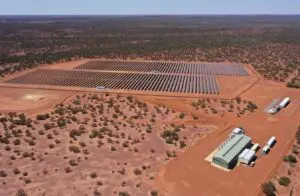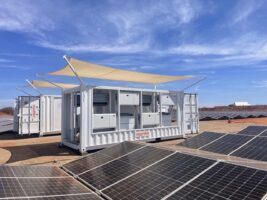State energy policies and incentives will have to play a key role in meeting the Albanese government’s 82 per cent by 2030 renewable energy target, with the vastly expanded Capacity Investment Scheme leaving a nine gigawatt shortfall.
Analysts estimate that 32,000MW of additional renewable energy project capacity is needed to come online by 2030 to meet the federal target, beyond what is either in operation, under construction or under contract.
The CIS, which has kicked off its first storage options and is about to embark on its tender for underwriting agreements for new wind and solar, aims to lock in 23 GW of new generation capacity over the next three years, which it all wants delivered by 2030.
However, according to Green Energy Markets director of analysis and advisory, Tristan Edis, this is still 9,000MW short of what’s needed for the 82 per cent target, which means that the states and voluntary demand will still have a vital role to play in achieving the national target.
As RenewEconomy reported last week, the GEM finds that some states are more advanced than others and NSW has most to do with a 7.5 GW gap, even though it has “achieved significant progress relative to last quarter’s estimates.”
Certainly, the state Labor government is getting the message that it needs to do better. In appearance at the Smart Energy Conference in Sydney last week, NSW planning minister Paul Scully acknowledged the criticism that the state was being too slow in providing approvals to new renewable projects.
But Scully also repeated data released two weeks ago that said 18 renewable energy projects – three wind farms, six solar farms and nine battery storage projects) had been approved in recent times, equating to 7.6 GW of generation and storage capacity.
“We have got a further 29 projects in the planning stage with an additional 20 projects expected to be submitted to the department or the coming months. Most of these are expected to be determined this year,” he said.
At the other end of the scale, GEM says Western Australia has already got enough new supply coming through to replace the lost generation from the planned closure of its government-owned coal generators.
“We estimate that renewable energy [in WA] will expand from 6,318GWh in 2021 to 11,898GWh in 2030 (without any new project commitments beyond those already under construction, contracted or which the government has committed to funding).
“This expansion in renewable energy supply actually exceeds the 2021 coal generation by 768GWh. Therefore, there is no need for any further capacity to address this government goal.”
But Edis notes that this “almost certainly understates the investment opportunity” for solar and wind in WA given expected growth in electricity demand and the state government’s plan to provide its own price underwriting mechanism for new renewables – a policy announced before the recent expansion of the CIS.
More good news is that Queensland has enough projects either in construction or under contract to meet its 50% renewables target by 2030, according to GEM. To go the next step and get to 60% will require another 2,601MW of new projects, another target the report says “should be easily achievable” – although this depends on the outcome of the upcoming election.
Victoria is also tracking nicely, “very much well on the way to achieving its 65% by 2030 target and only needs another 994MW of new project investment beyond what is already in construction or contracted,” says Edis. Tasmania, meanwhile, needs another 1,657MW to reach its 150% target.
South Australia is a bit of a surprise, however, with GEM saying the renewables leader of Australia still has some work to do to meet its recently fast-tracked 100% renewables by 2027 target.
According to the report, the state needs a further 2,445MW of project investment to meet all of its net demand from renewables, even though its current installed capacity of around 3,500MW is enough to deliver more than 70 per cent renewables over the last 12 months.
Edis notes that this number is inflated by the “big uptick” in SA electricity demand forecast by the Australian Energy Market Operator in the central scenario of its most recent Integrated System Plan, at least partially driven by the state’s hydrogen plan and what will likely be the world’s biggest electrolyser and hydrogen power plant at Whyalla.
The federal and state governments agreed last year to expand the Capacity Investment Scheme to 32GW, which would include 23GW of new generation and an expanded target of 9GW of dispatchable capacity, broadly described as four hours of storage.
The tender program for 2024 – comprising a 6GW tender for wind and solar in the next quarter, and another 4GW in the second half of the year – was flagged earlier this month in a new paper that sets out how the expanded Capacity Investment Scheme will operate.










